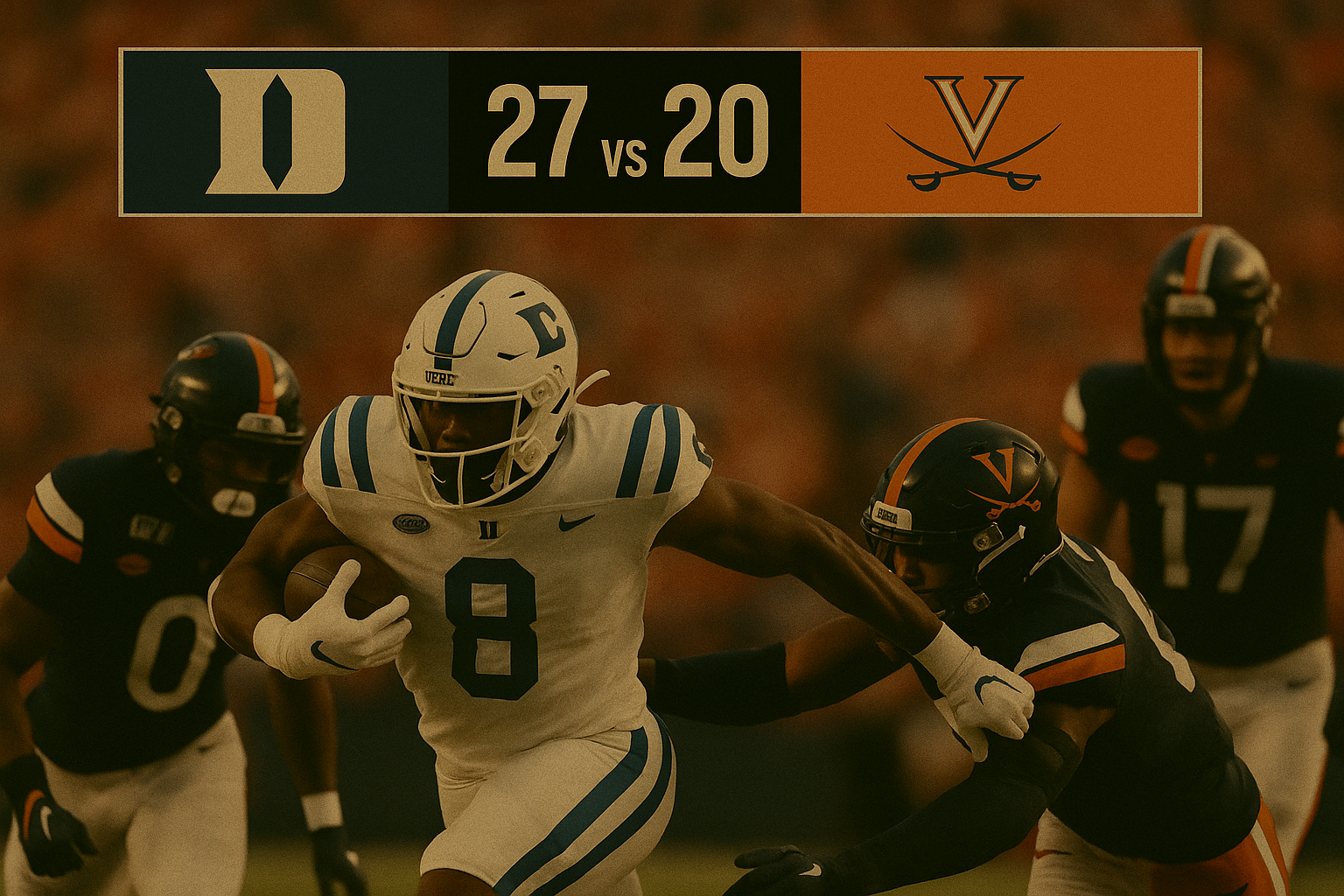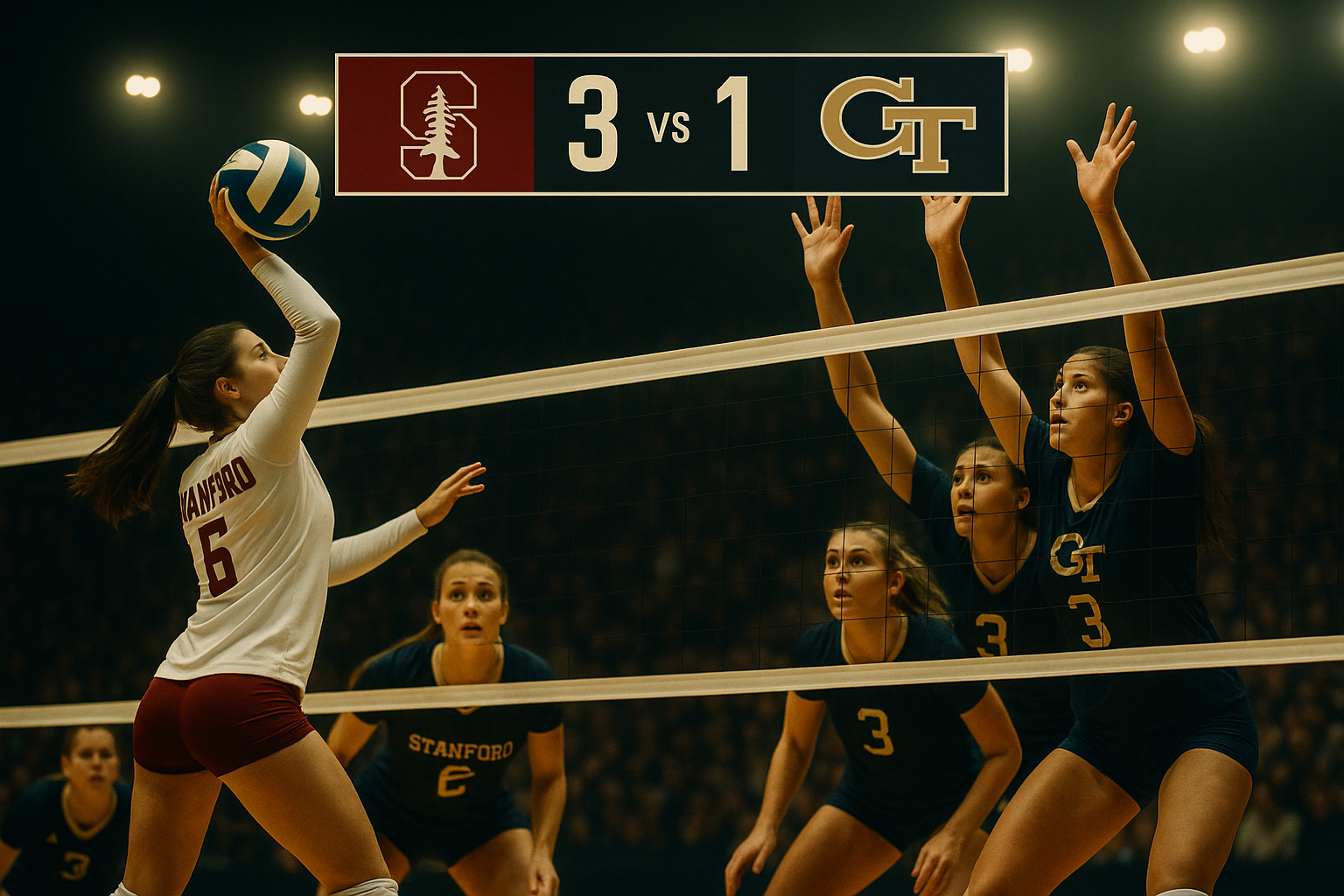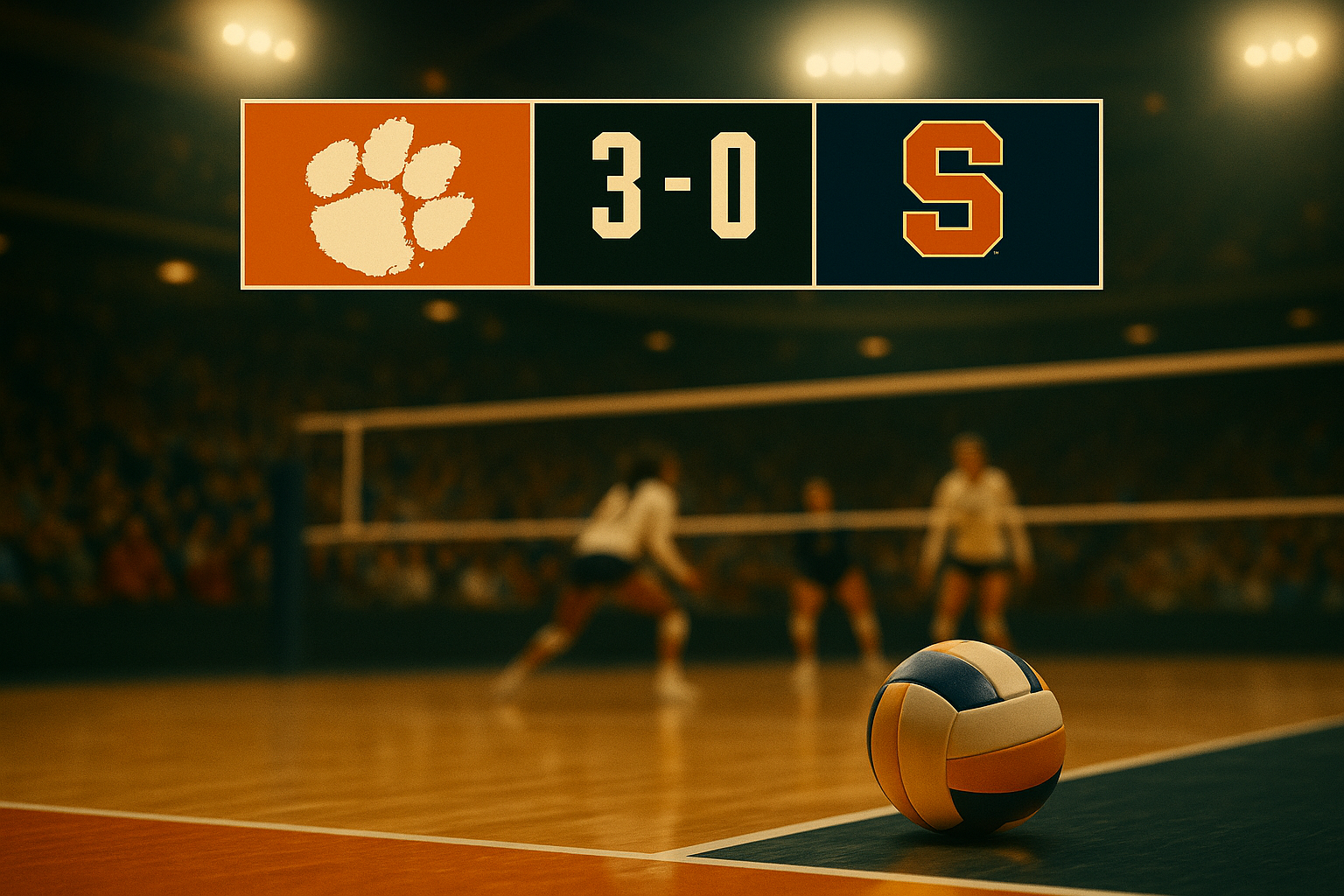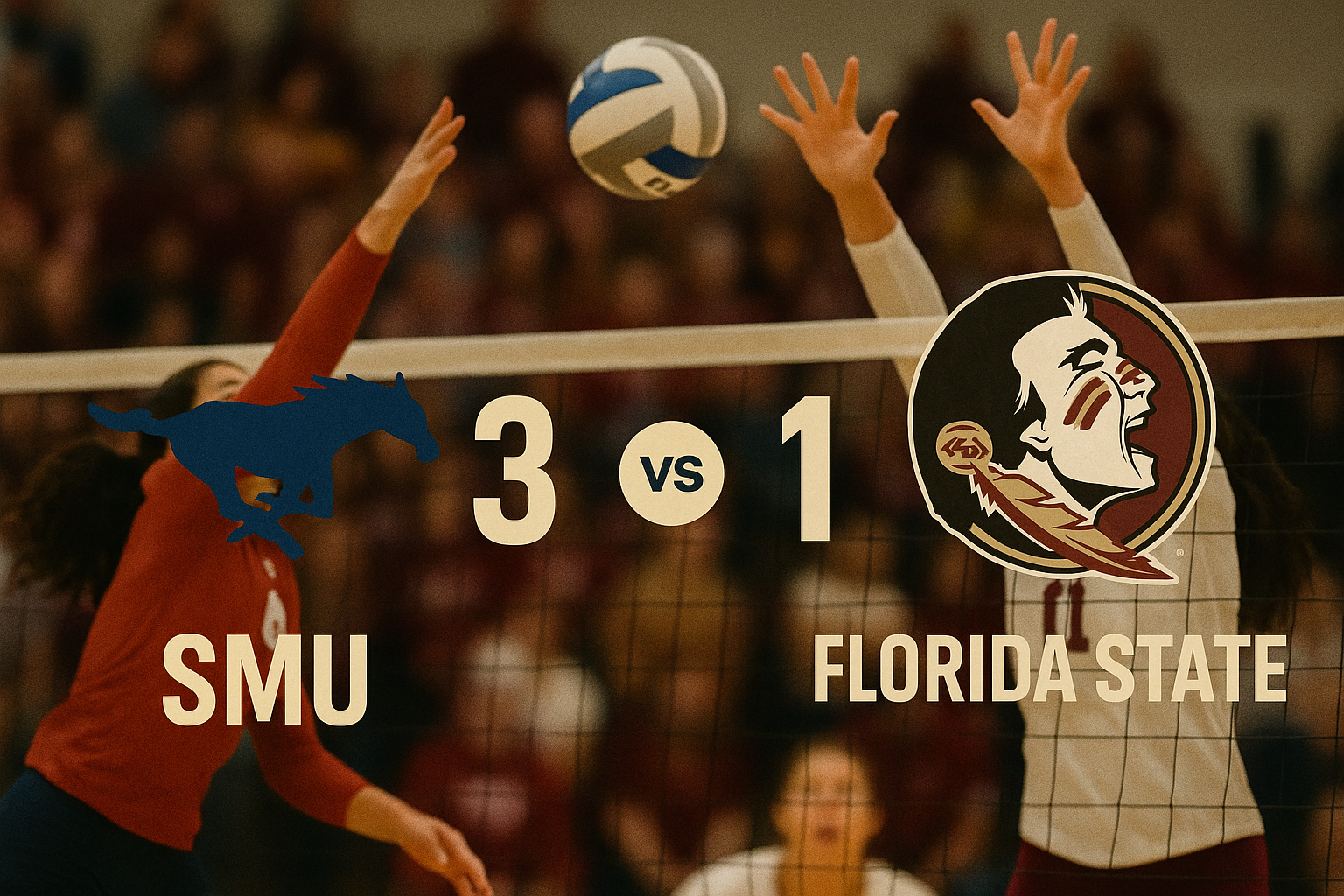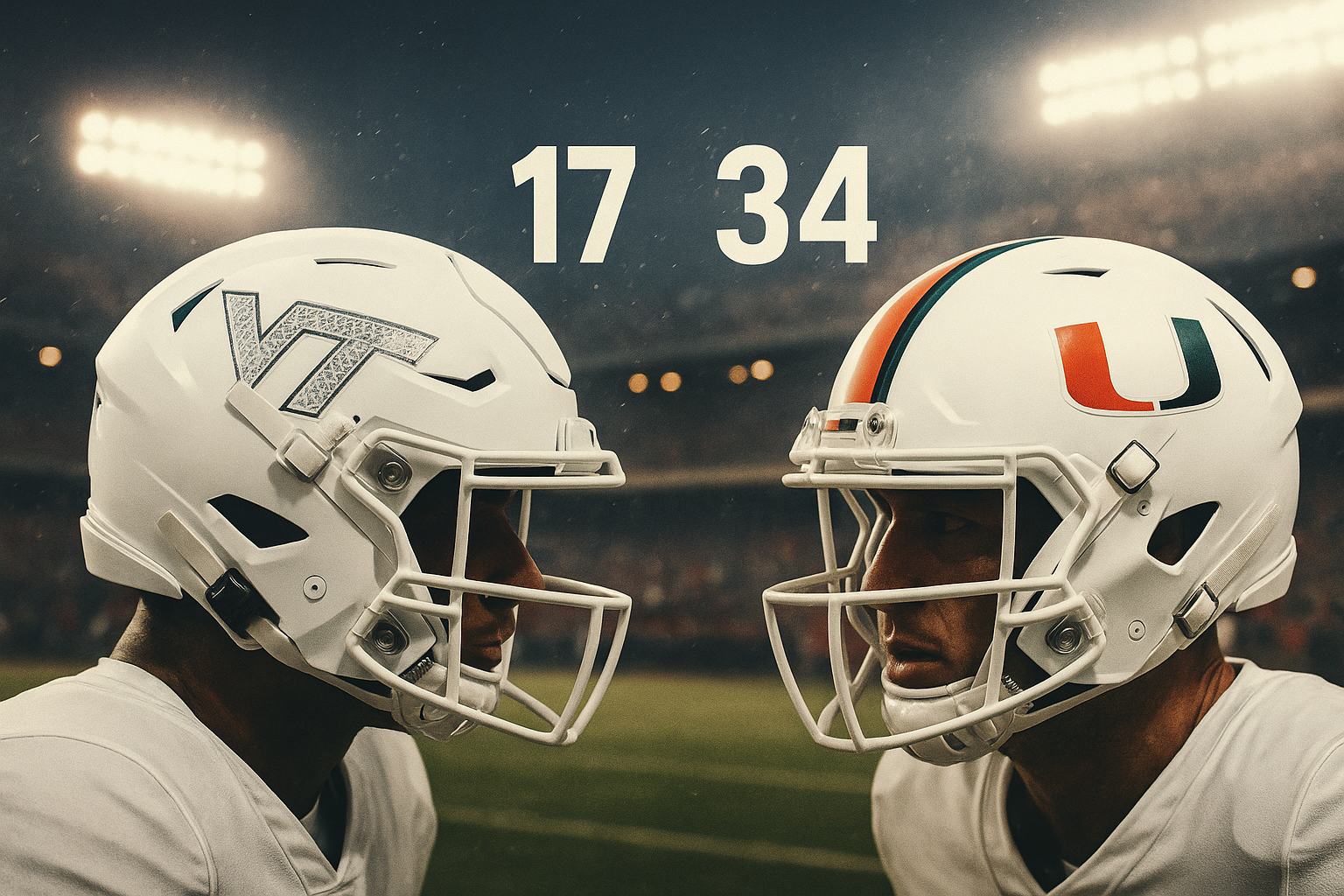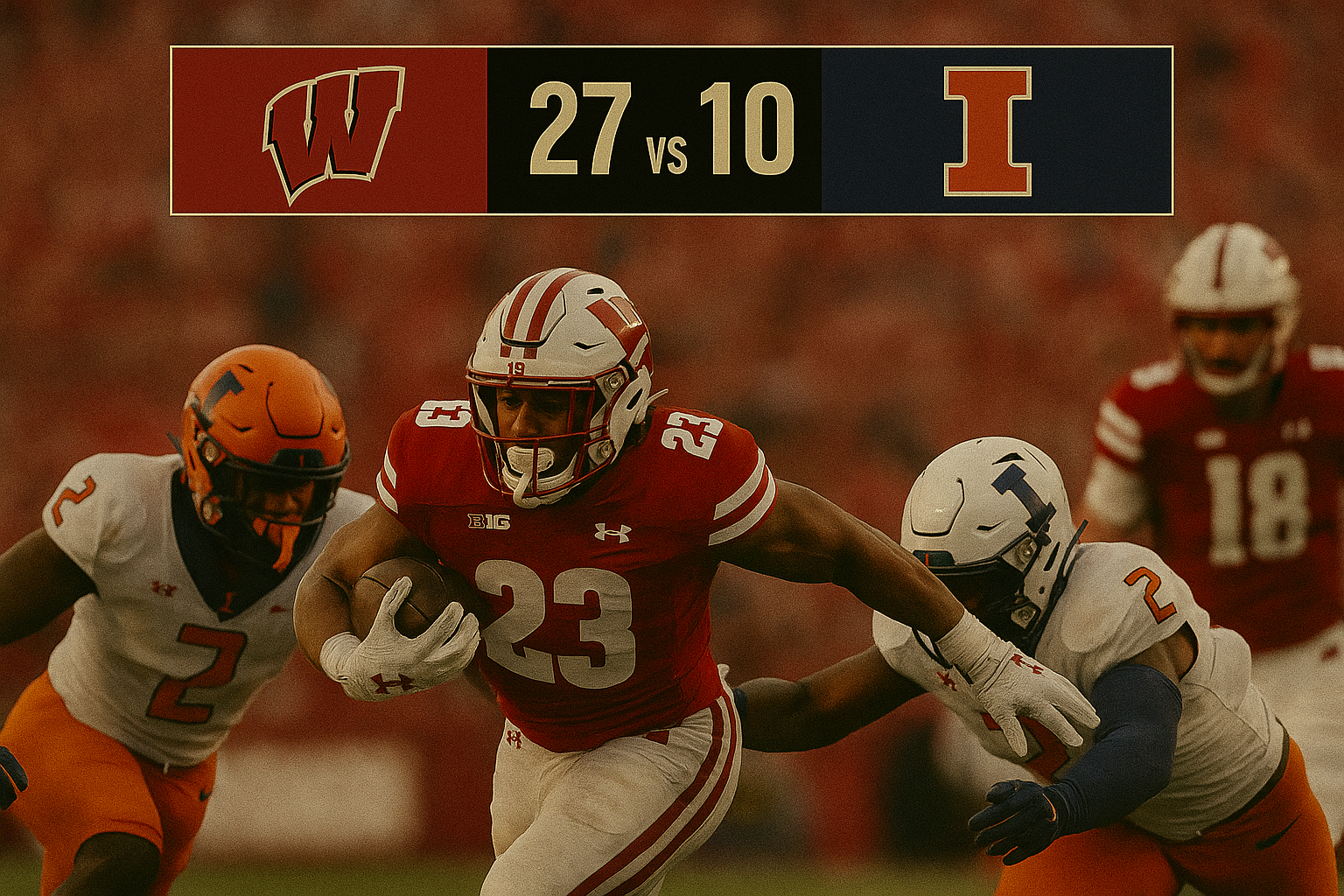Sophie Cunningham Makes Strong Debut with Indiana Fever in Return from Injury
Former Mizzou Star Brings Energy and Versatility in Season Opener Against Atlanta
Sophie Cunningham’s much-anticipated debut with the Indiana Fever arrived with grit, hustle, and a clear reminder of her veteran value. After missing the first two games of the 2025 WNBA season due to a right ankle injury, Cunningham made her first appearance Thursday night in Atlanta — and her impact was felt immediately.
Coming off the bench late in the first quarter, Cunningham quickly got involved, scoring her first points for the Fever on a corner three as the clock wound down. It was a symbolic moment: a new chapter in a new city, after six seasons with the Phoenix Mercury.
Transitioning to a New Team
Cunningham joined Indiana in the offseason as part of a high-profile, four-team trade — one of the most significant roster shifts of the year. The deal paired her with a young, dynamic core featuring stars like Caitlin Clark and Aliyah Boston, positioning her as a veteran presence amid rising talent.
While she had no opportunity to build chemistry in the preseason due to her injury, Cunningham didn’t appear out of sync. She logged 20 minutes and contributed across the board: 9 points, 6 rebounds, 3 assists, a block, and a strong +10 plus/minus. Her shooting was efficient as well — she hit 3-of-6 from the field and knocked down 2-of-4 from beyond the arc.
Stepping into a Needed Role
The Fever have had an up-and-down start to their season. Despite strong showings from Clark, Boston, and Mitchell in recent games, the team has struggled to close out tight contests. Cunningham’s role isn’t to dominate the stat sheet, but rather to add balance, spacing, and defensive toughness. She delivered just that.
On Thursday night, she rotated fluidly on defense, drew contact when needed, and provided key minutes when starters got into foul trouble. In one sequence late in the game, she recorded a critical block and secured a rebound to help seal the Fever’s 81–76 win over the Atlanta Dream.
Her ability to fit into multiple lineups — with both the starters and second unit — gives head coach Stephanie White an important utility option, especially as the Fever continue to define their rotations.
A decorated background
Cunningham is no stranger to the spotlight. A Rock Bridge High School product and University of Missouri legend, she holds the title of Mizzou’s all-time leading scorer (2,187 points). During her college career, she earned All-SEC honors every season and became one of the most recognizable faces in the program’s history. She was recently inducted into Missouri’s Intercollegiate Athletics Hall of Fame, solidifying her legacy.
Drafted 13th overall in 2019, Cunningham spent six seasons with the Phoenix Mercury, where she averaged nearly 8 points per game and established herself as a reliable two-way player. In 2024, she averaged 8.4 points and nearly 4 rebounds while shooting 38% from deep — numbers that made her a valuable acquisition for a Fever team seeking both shooting and veteran leadership.
Building Chemistry with a New-Look Roster
Indiana’s roster overhaul in 2025 is centered around developing a sustainable winning culture. Caitlin Clark’s arrival brought massive attention and expectation. Aliyah Boston continues to blossom into an elite post presence. Kelsey Mitchell adds a consistent scoring punch. But a team full of stars needs glue — and Cunningham’s balanced style of play could be just that.
Her debut showed she doesn’t need the ball in her hands to make an impact. She cut hard, moved the ball smartly, and positioned herself on the weak side for rebounds and deflections. As the season progresses and roles become more defined, Cunningham is expected to provide key minutes off the bench and potentially push for a starting role if the Fever seek additional spacing in their lineups.
Looking Ahead
The Fever will return home to face the defending champion New York Liberty, a game that will again test the team’s chemistry and defensive capabilities. Cunningham is expected to be available and may see an increased workload as the team manages player minutes during a compact early schedule.
For Indiana fans, Thursday night was a glimpse of how Cunningham can fit into the team’s long-term plan. For Sophie herself, it marked the start of an exciting new journey — one built on effort, versatility, and veteran poise.
